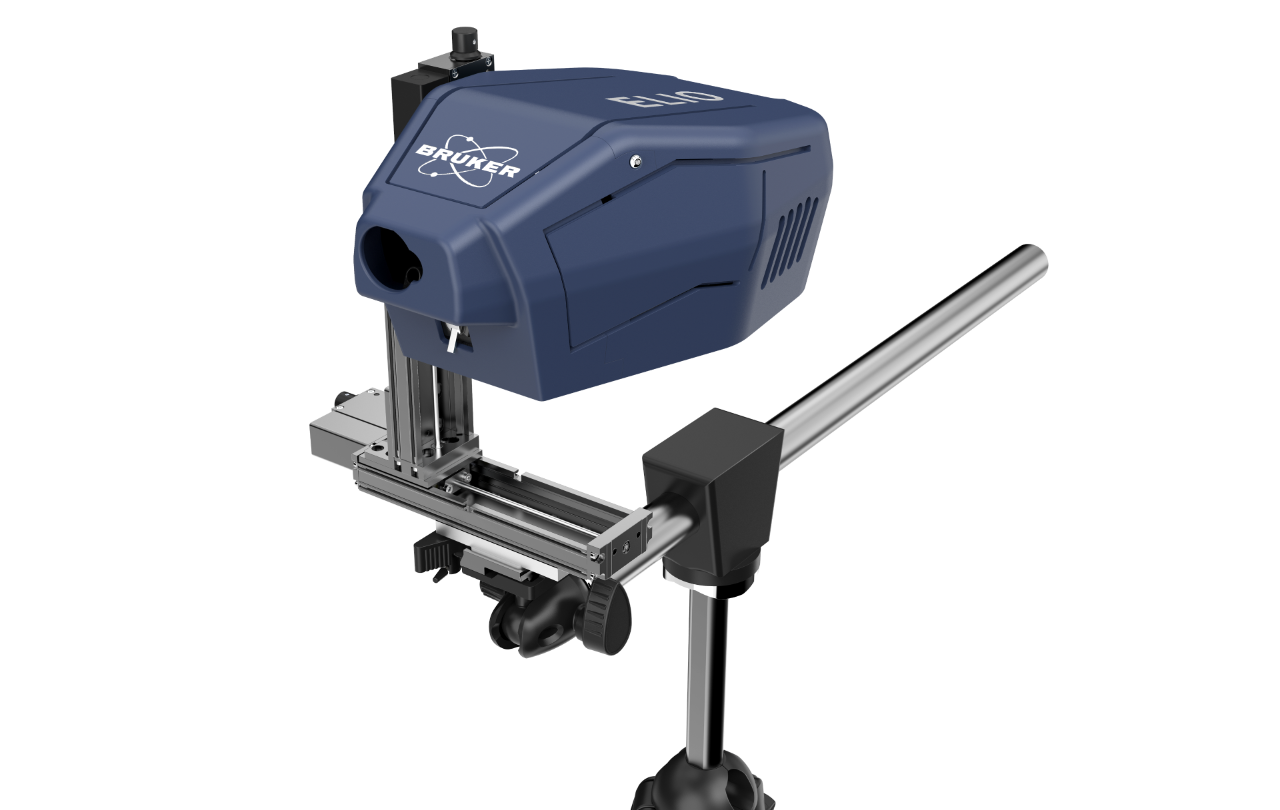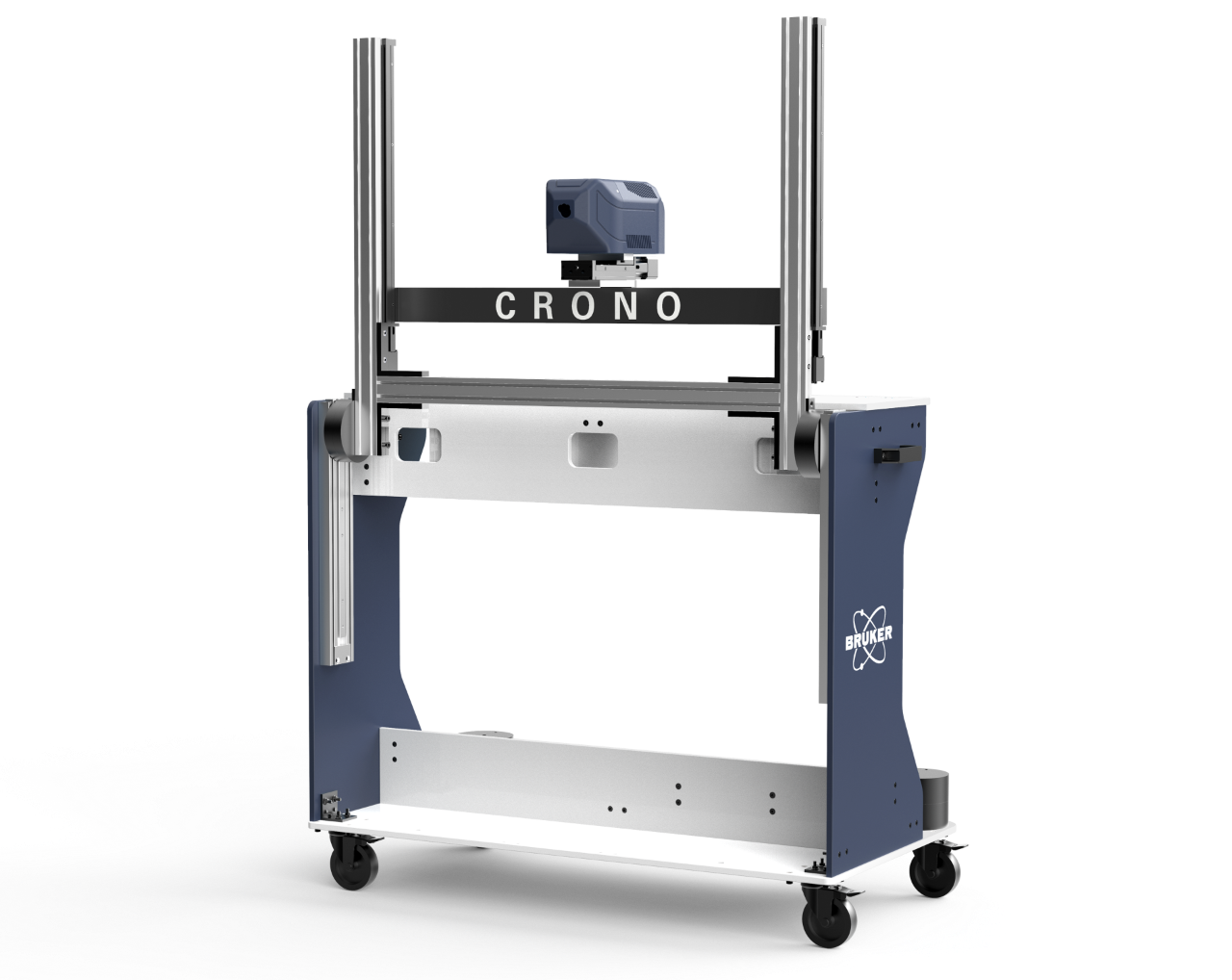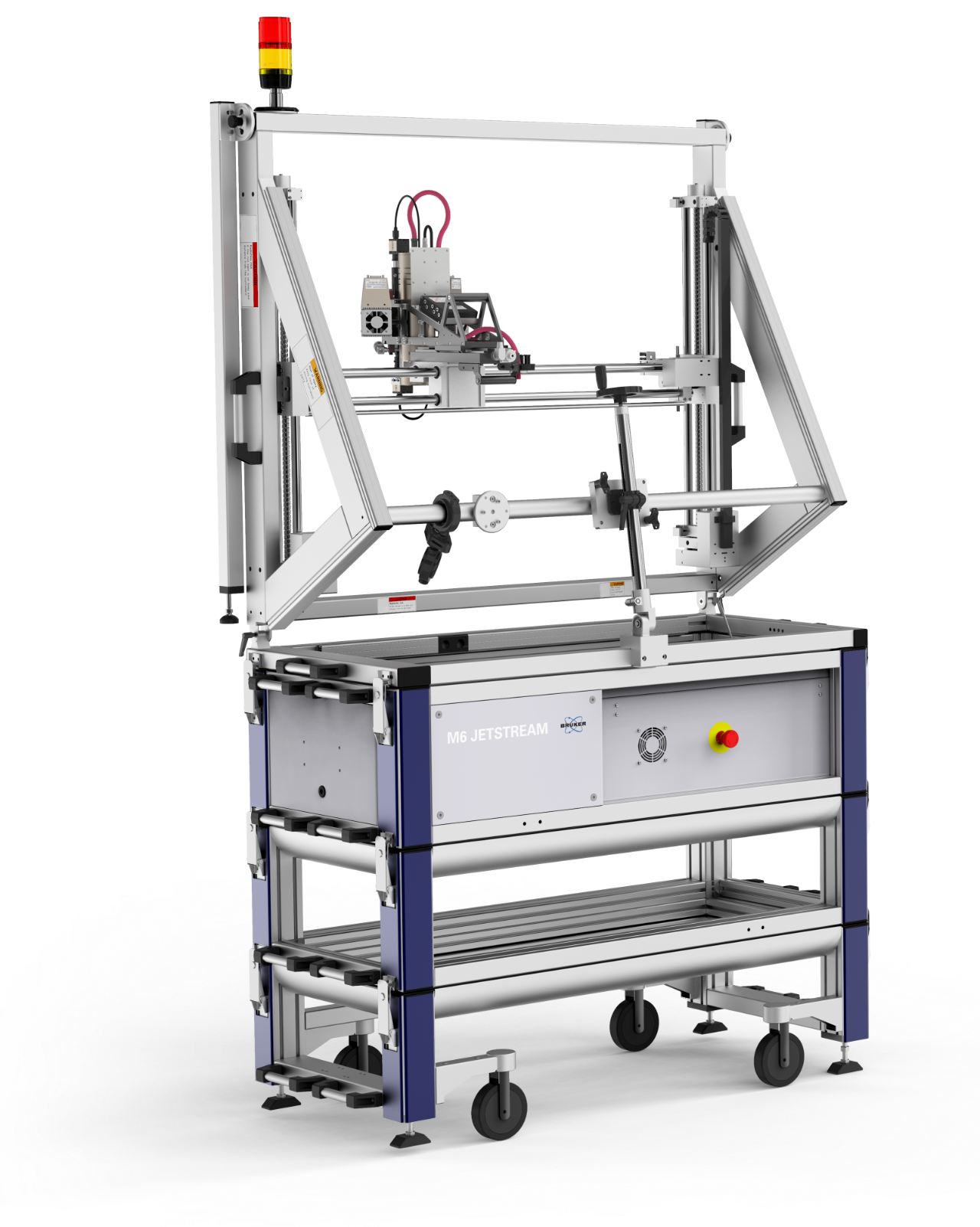Ceramics at the Micron Scale - Investigating Chalcolithic Furnace Ceramics
Ceramic objects count among some of the earliest evidence for manufacture in human history. With the oldest evidence for pottery dating back tens of thousands of years, with uses ranging from decorative items or figures of probable religious significance, to the more utilitarian items such as pots and other vessels used for storage or cooking. The raw materials used for ceramics vary widely and the technologies for production evolved through time, all of which are recorded in the resulting earthenware, stoneware or ceramic materials.
Understanding the types of raw materials, where they were sourced, and manufacturing practice used in ceramic production may be investigated in a number of ways – non-invasive techniques that allow characterization of the broad compositions (e.g., using handheld XRF), or compositions of individual components such as clay or temper (e.g., usinfg micro-XRF). However, to fully understand the levels of and changes to technologies used in ceramic production, microscopic investigations are commonly needed, using petrographic light microscopes or scanning electron microscopes. The latter allows imaging of details at the micrometer scale using backscatter or secondary electron images, and compositional analysis of even the finest components using energy dispersive or wavelength dispersive X-ray spectrometry (EDS or WDS, respectively).
Here we present examples from of a scanning electron microscopy investigation of Chalcolithic age furnace ceramics. In this period crucibles made of clay were used for smelting of raw copper ore prior to pouring into casts or other molds. The crucibles, which were commonly heated from above using blow pipes, kept the ore where heat was most concentrated and allow separation of impurities from the raw ore minerals. The high temperatures (>1000°C) experienced on the interior walls of the vessel lead to recrystallization of the clay-rich matrix and other components added to stabilize the pottery. Loss of volatiles (e.g., intergranular water and water bound up in the minerals themselves) may lead to development of bubbles as steam or CO2 was driven out. In addition, components of the molten ore may work its way into the ceramic wall, leaving a trace of the original purpose of the vessels.
Backscatter electron (BSE) imaging and compositional mapping was conducted using a small-footprint scanning electron microscope (Hitachi FlexSEM 1000) using Bruker's compact EDS detector, the QUANTAX Q80, with data collection using Bruker's ESPRIT software. The images show in great detail changes to the texture and mineralogy between the outer and inner walls of the vessel. These transitions allow an improved understanding of the technologies employed by early metallurgists of the Chalcolithic age.
Recent Publications
Learn more here:
Marzia Gabriele, Fabien Convertini, Chrystele Verati, Bernard Gratuze, Suzanne Jacomet, Giovanni Boschian, Gilles Durrenmath, Jean Guilaine, Jean-Marc Lardeaux, Louise Gomart, Claire Manen, Didier Binder
Journal of Archaeological Science: Reports, 28, 102050, 2019


